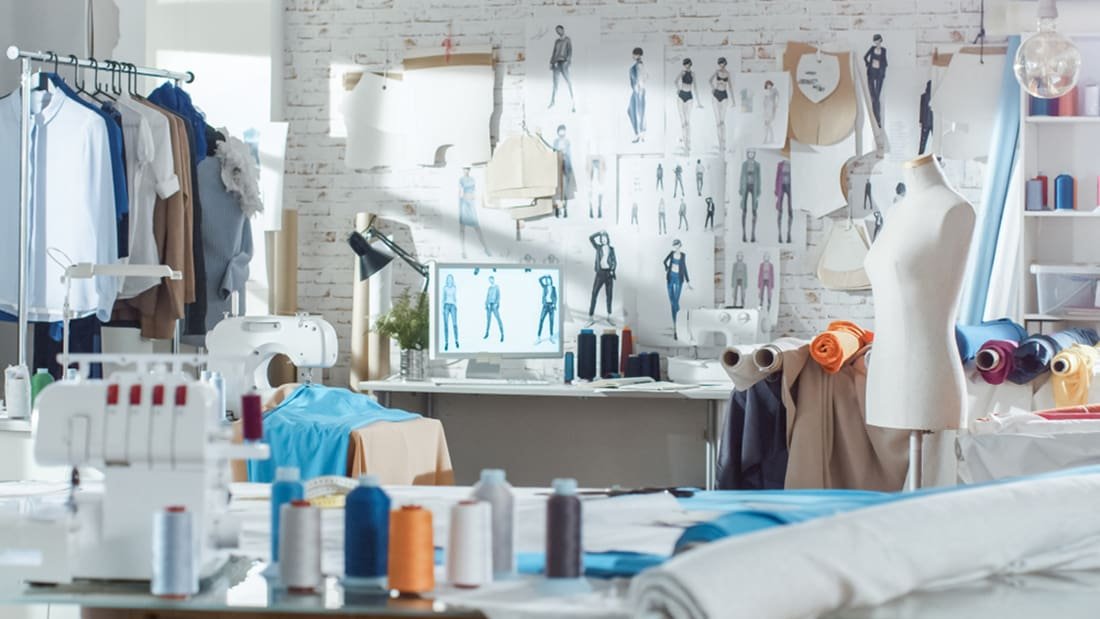What is Sustainable Fashion?
Sustainable Fashion is defined as sustainably manufacturing, marketing and using clothing and accessories. This implies to make produce products which are created keeping in mind both environmental and socio-economic aspects. From an environmental perspective, the focus should be on to reduce any unwanted environmental impact of the product’s life cycle by ensuring efficient and careful use of natural resources, selecting renewable energy resources and maximizing the usage of the product.
environmental and socio-economic aspects. From an environmental perspective, the focus should be on to reduce any unwanted environmental impact of the product’s life cycle by ensuring efficient and careful use of natural resources, selecting renewable energy resources and maximizing the usage of the product.
From a socio-economic perspective, all the stakeholders  should work to improve the present working conditions for workers on the field, in the factories, transportation chain, and stores, by regulating with good ethics, best practice and international codes of conduct.
should work to improve the present working conditions for workers on the field, in the factories, transportation chain, and stores, by regulating with good ethics, best practice and international codes of conduct.
The meaning of Circular Economy-
Circular economy means adopting a new, more strategic and future-oriented mindset in all aspects of a company’s activity. The linear model is the very easy one as it only focuses on narrow core, whereas in the circular economy the core is the lifecycle, usage and the regeneration of products and closing the material loop.

Linear Fashion Economy
Is it a big threat to the earth?
Linear Economy is a step by step plan comprised of take-make-dispose. This means collecting raw materials and then transformed into products that are used until they are finally discarded as waste.
In this economic system, value is created by producing and selling as many products as possible which in the world of fashion is called is as Fast Fashion.

Fast Fashion is a modern-day phenomenon. This enables companies to mass-market, manufacturers to mass-produce, and consumers to purchase the latest trends for cheap.
This sounds like a win-win until we consider true cost as textile production has become one of the most polluting industries.
The approach of Circular Economy in Sustainable Fashion
This approach means to develop a more sustainable and closed-loop system is to extend the life of a product and maintaining the value and material as long as possible.
Product designed under this is created keeping in mind that the materials will be recycled in several rounds and supports circularity.
Waste needs to be collected after the usage of the product is done and this waste needs to appreciate as a valuable material not just like garbage.

Principles of Sustainable Fashion for Circular Economy
FROM A PRODUCER’S PERSPECTIVE
-
Design with a purpose
-
Design for longevity
-
Design for resource efficiency
-
Design for biodegradability
-
Design for recyclability
-
Source and produce locally
-
Source and produce without toxicity
-
Source and produce with efficiency
-
Source and produce with renewables
-
Source and produce with good ethics
-
Provide services to support longer life
-
Reuse, recycle or compost all remains
-
Collaborate well and widely
FROM A CONSUMER’S PERSPECTIVE
-
Use, wash and repair with care
-
Consider loan, rent, swap or redesign instead of buying new
-
Buy quality as opposed to quantity
Importance
Sustainable fashion for Circular economy is an emerging phenomenon which will totally change the fashion system. Companies and designers at the forefront will be leading the transformation of the fashion industry.
The goal of circular fashion is to confirm that garments made of safe and renewable materials, new business models increase their use, and recent garments area unit become new.
On the other hand, individual designers, small companies and even grassroots initiatives can show alternative ways towards more sustainable futures.
Brands Rethinking Textiles for the Circular Economy
ADIDAS X PARLEY
Adidas’ partnership with Parley for the Oceans, a non-profit organization set to remove and recycle waste from the ocean, has been an elemental part of the brand’s sustainability strategy.

In 2015, these two companies teamed up to make sneaker which is entirely from the yarns recycled from ocean waste.
Each pair of shoes is equivalent to 11 plastic bottles which mean Adidas had recycled 55 million plastic bottles that year.
ALLBIRDS
In August 2018, brand named Allbirds launches a “SweetFoam”.
It is a biodegradable and environmentally friendly alternative to petroleum-based materials traditionally used in the manufacturing process of shoe-soles.

The new material, which is made up of a sugarcane base, marks an important achievement in the industry, as it is the first-ever carbon-neutral green alternative to the traditional EVA foam.
The first product, the whole created with SweetFoam was a flip-flop known as Sugar Zeffers.
THE CUT
The Cut is a brand by Marine Serre. This brand creates products by recycling old and damaged textiles.
Serre has transformed everything from scarves to tablecloths, to bed blankets into luxury garments.
In 2019, 50 per cent of her fall collection was “regenerated,” including white gowns made of towels.

Reference-
www.environmentalscience.org
www.sustainablefashiomattersz.com
sustainablityx.co
www.goodtrade.com

